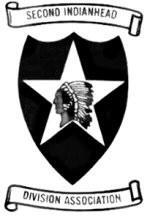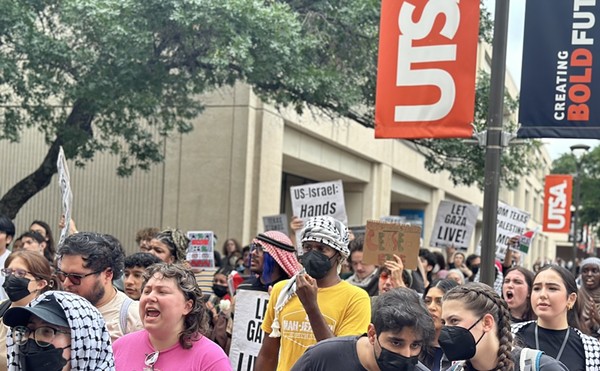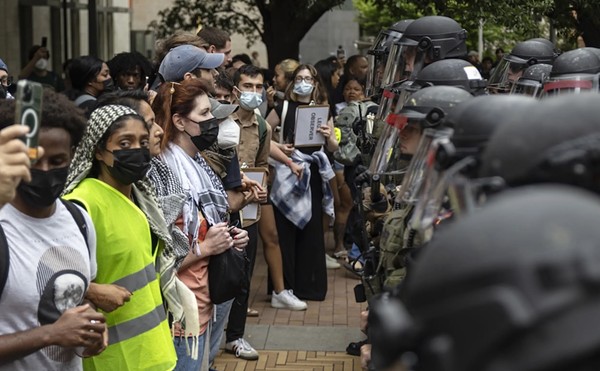|
Eenie meenie miney moe,
Catch a tiger by the toe.
If he hollers, let him go.
The innocent children’s rhyme was not so innocent in its earlier version, before “tiger” replaced the n-word. Fugitive slaves defied the antebellum order and ruthless bounty hunters set out to catch them, by the toe or any other appendage. Because their prosperity depended on retrieving black toes, hollering rarely persuaded slave catchers to let their prey go.
American Indians were also hunted, though the immediate object was not the foot but the crown. Indian heads were worth much more than the nickel on which the United States Mint engraved their image from 1913-38. The practice of scalping originated with European, Mexican, and American authorities, who offered rewards to encourage elimination of indigenous adversaries. Indians in turn adopted the practice with a vengeance, and a tomahawk. For paleface mercenaries in the frontier wars, proof of performance was a severed scalp. At one point, the exchange rate in the United States was $50 for an adult male Indian, $25 for a female, and $10 for a child.
According to the old proverb, fish stink from the head, but the image of an Indian head is the relic of a reeking genocidal mind. So when I noticed an official road sign proclaiming “Second Indian Head Division Memorial Highway,” my head spun. It was just outside Eisenhauer Park, on the tranquil stretch of Northwest Military Highway above 1604 that leads to Camp Bullis, technically FM 1535. In addition to employing the offensive phrase, the sign is illustrated with the face of a tribal warrior. It is bad enough when private enterprises try to enlist our rabid loyalties by calling themselves the Washington Redskins or the Cleveland Indians, but the state of Texas has no business perpetuating harmful native stereotypes. It is inconceivable that the government would stigmatize any other demographic group — Irish, Chicanos, Chinese, Muslims — by naming a highway after a piece of their anatomy. Second Indian Head Division Memorial Highway sounds a bit too much like renaming the road to Auschwitz “Jewish Lampshade Drive.”
Re-designation of the local route is the result of legislation signed by Governor Rick Perry almost four years ago. Sponsored by Senator Jeff Wentworth, it passed the Texas Senate, unanimously, on April 16, 2003. A companion bill sponsored by former Representative Ken Mercer passed the Texas House of Representatives, on a 142-1 vote, on May 30, 2003. The intention was to honor a military unit known as the Second Indian Head Division. Formed in France in 1917, it fought in six campaigns during World War I, five during World War II, and eight during the Korean War. Between the two World Wars, the Second Division was stationed at Fort Sam Houston and trained at Camp Bullis. It’s currently based in South Korea.
The military unit apparently derived its name from the location of the Naval Surface Warfare Center, in Indian Head, Maryland. The Indian Head site is the Pentagon’s leading facility for weapons development, the place that devises the arms for the armed forces of the United States. Located on the lower Potomac, Indian Head is a shortened form of “Indian headlands,” a reminder that the promontory was once populated by Algonquins.
“It is offensive,” says Randy Lea Barnes, a Tribal Preservation Officer for the Pamaque Clan of Coahuila and Texas. Barnes, who lives in San Antonio, offered his reaction in an unedited email: “I know of the Unit and its Patch Design from the early Wars. It’s no different from the US government Politicians during World War I and II that classified themselves as the White Indian Society. They even took pictures of themselves in full Indian regalia borrowed from the Smithsonian Institute.”
Denise K. Lajimodiere, who led a campaign to cease calling University of North Dakota teams the Fighting Sioux, is also offended by Bexar County’s Indian Head Highway. “Most easily or simply put,” she asks, “would it be acceptable to call the unit or highway ‘Black or Negro Head,’ or ‘African Head,’ or ‘Asian Head’ or ‘Caucasian Head?’” A 30-year veteran of anti-logo battles, Lajimodiere is disturbed by the consequences of using Indian names for teams and places: “Mascots and names such as these have the tendency to dehumanize Native people, adding to already virulent stereotypes that still exist.”
Is this much ado about nothing more than names? In a world beset by famine, disease, pollution, ignorance, and war, are there not more important things to do than worry about what to call a highway? Lajimodiere, who teaches at North Dakota State University, thinks not: “As an educator, I have nothing better to do than to address issues of stereotypes.”
The legislation that designates a span of road in Bexar County Second Indian Head Memorial Highway justifies the action by stating: “Citizens of this nation owe an immeasurable debt to the members of the Second Division, who have served valiantly through many arduous trials and whose efforts and sacrifices have secured the liberties of countless people at home and abroad.”
Citizens of this nation also owe an immeasurable debt to fairness. Is it necessary to honor the deeds of the Second Division by dishonoring part of our own population? Indians are human beings, not mascots or totems or trophies. The Second Division’s old nickname, “Indian Head,” is the vestige of a time when killing Indians had only recently ceased to be the major mission of the segregated American military.
During our more enlightened time, colleges recognize that it is wrong to use team names to perpetuate ethnic stereotypes. In recent years, Stanford, Dartmouth, and Midwestern State have changed their names from the Indians to the Cardinals, the Big Green, and the Mustangs, respectively. Wise heads in Austin could surely think of a way to memorialize the valor of the Second Division without perpetuating racist phrases and images.



















